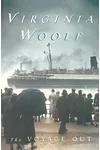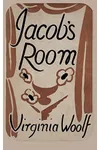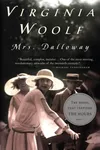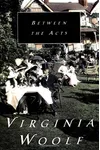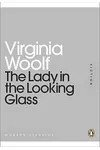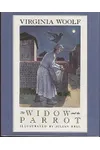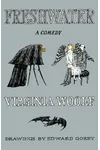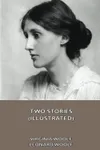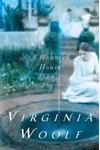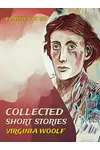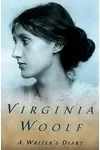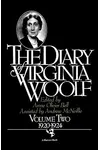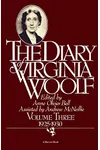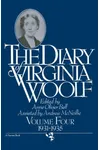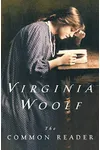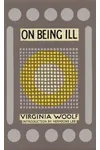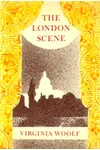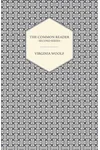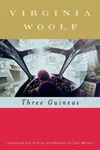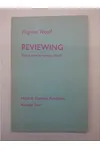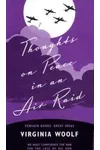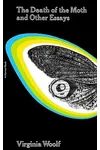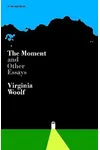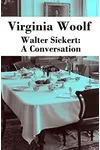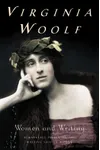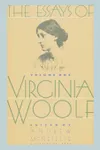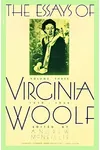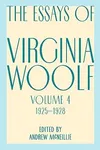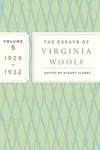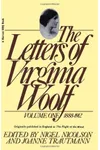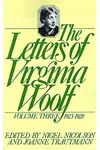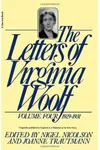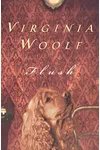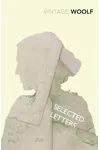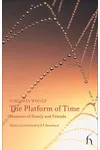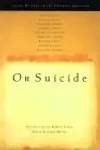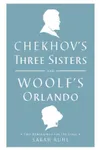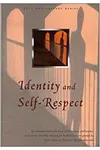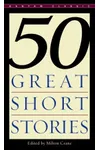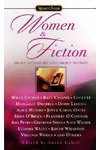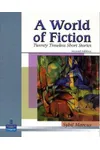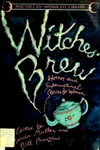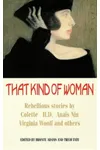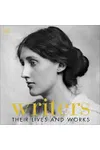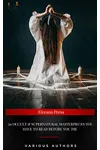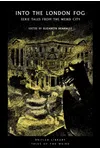Picture a British storyteller who wove dreams into words, crafting novels that danced with the human mind—meet Virginia Woolf! Born in 1882, she redefined 20th-century literature with her stream-of-consciousness style, exploring feminism, identity, and society’s quirks. Her masterpieces like Mrs. Dalloway and Orlando still captivate, inviting readers into her vibrant, introspective world.
Virginia Woolf’s life was as layered as her prose. A trailblazer of modernist literature, she challenged conventions with lyrical narratives and bold themes. Let’s dive into her story, from her Victorian roots to her lasting legacy as a literary icon.
The Making of Virginia Woolf
Adeline Virginia Stephen was born in London to a scholarly family. Her father, Leslie Stephen, a prominent historian, filled their home with books, sparking her love for literature. Though denied formal education, Virginia devoured the family library, shaping her self-taught brilliance. After her parents’ deaths, she found solace in writing, joining the Bloomsbury Group—a circle of artists and intellectuals who fueled her creativity. By her 20s, she was publishing essays and reviews, laying the groundwork for her groundbreaking novels.
Virginia Woolf’s Unforgettable Stories
Woolf’s novels are like stepping into a character’s mind, where thoughts flow freely and time bends. Her 1925 novel Mrs. Dalloway follows a single day in Clarissa Dalloway’s life, weaving her inner reflections with London’s bustle. Its stream-of-consciousness style captures the beauty of fleeting moments. To the Lighthouse (1927) explores family, loss, and art through the Ramsay family’s seaside summers, blending poetic prose with deep emotion.
In Orlando (1928), Woolf playfully defies norms, telling the tale of a nobleman who lives for centuries, switching genders along the way. Inspired by her friend Vita Sackville-West, it’s a witty nod to fluidity and freedom. A Room of One’s Own (1929), her feminist essay, argues for women’s creative space—both literal and figurative—with its famous line: “A woman must have money and a room of her own.” Woolf’s style, rich with introspection and social commentary, made her a modernist pioneer.
Her experimental approach wasn’t just about style—it was a rebellion against rigid storytelling. By prioritizing inner lives over plot, she invited readers to feel the pulse of human experience, from joy to despair.
Why Virginia Woolf Matters
Virginia Woolf’s influence stretches far beyond her era. Her feminist insights in A Room of One’s Own inspired generations of writers and activists, championing women’s voices in a male-dominated world. Her innovative style shaped modernist literature, influencing authors like James Joyce and Toni Morrison. Today, her works resonate with readers grappling with identity, mental health, and societal expectations, proving her themes timeless.
Despite her struggles with mental illness, which led to her tragic death in 1941, Woolf’s legacy endures. Her novels remain staples in classrooms, book clubs, and personal libraries, inviting new readers to explore her bold, beautiful world.
About Virginia Woolf
- Born: January 25, 1882, in London, England
- Key Works: Mrs. Dalloway, To the Lighthouse, Orlando, A Room of One’s Own
- Notable Trait: Pioneered stream-of-consciousness narrative
- Died: March 28, 1941
Ready to lose yourself in Virginia Woolf’s world? Snag Mrs. Dalloway or Orlando and dive into her lyrical, thought-provoking prose!
